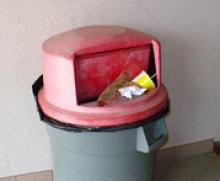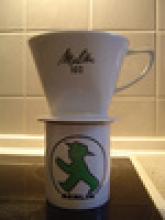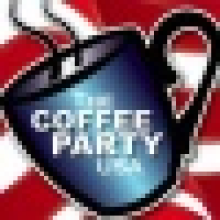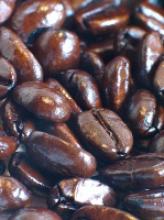Starbucks is as Dirty as Any other Joint...
Cleaning takes up as much time at food service gigs as any other aspect of the job. And since there were more than enough tiny corners, nooks and cupboards at the store where I worked, during one’s down time, a rag in hand was something that was just expected. Granted, slacking off was an important part of my work day, but I was still able to get done what needed to be done. That doesn’t mean, however, that folks I worked alongside of had the same notion in mind.
Days that deliveries arrived yielded a tremendous amount of garbage. And considering the fact that there were several deliveries each week meant that very often a pile of trash awaited me when arriving at work. Propped up against the back door was invariably a multitude of broken down, cardboard boxes, but also various and sundry plastic bags filled with coffee grounds, food scraps and whatever other garbage had been collected over the course of the morning.
Lying around in the back, those bags were usually within an arm’s length of the shelf where pastries were stored. And while there wasn’t any contact between the two, it was pretty unsettling to see on a regular basis.
All of this notwithstanding, frequently, as merchandise displays changed, old cups and the like were discarded. I’m still rather confused as to why it all wasn’t donated or given away as something of an incentive to purchase other goods in the store. But a great deal of the unsellable goods wound up in those garbage bags as well. I demure about very little and my predilection for free stuff isn’t something that I’m ashamed of. So with viable coffee mugs and such strewn around the garbage area, I can honestly say that some of it wound up in my kitchen cupboard. Is that wrong? Perhaps, but I don’t really care.
The Starbucks Corporation has created an army of teeny boppers and adults as teeny boppers that see the mermaid logo as a sort of status symbol. And of all the status symbols in the world, that one in particular, considering the product it’s tied to, seems the most ridiculous. It’s just a beverage. It doesn’t matter where it comes from. Does it taste good? That’s the litmus test. So, the dumpsters out back might be the best thing about Starbucks. Check ‘em out. You won’t be disappointed.








